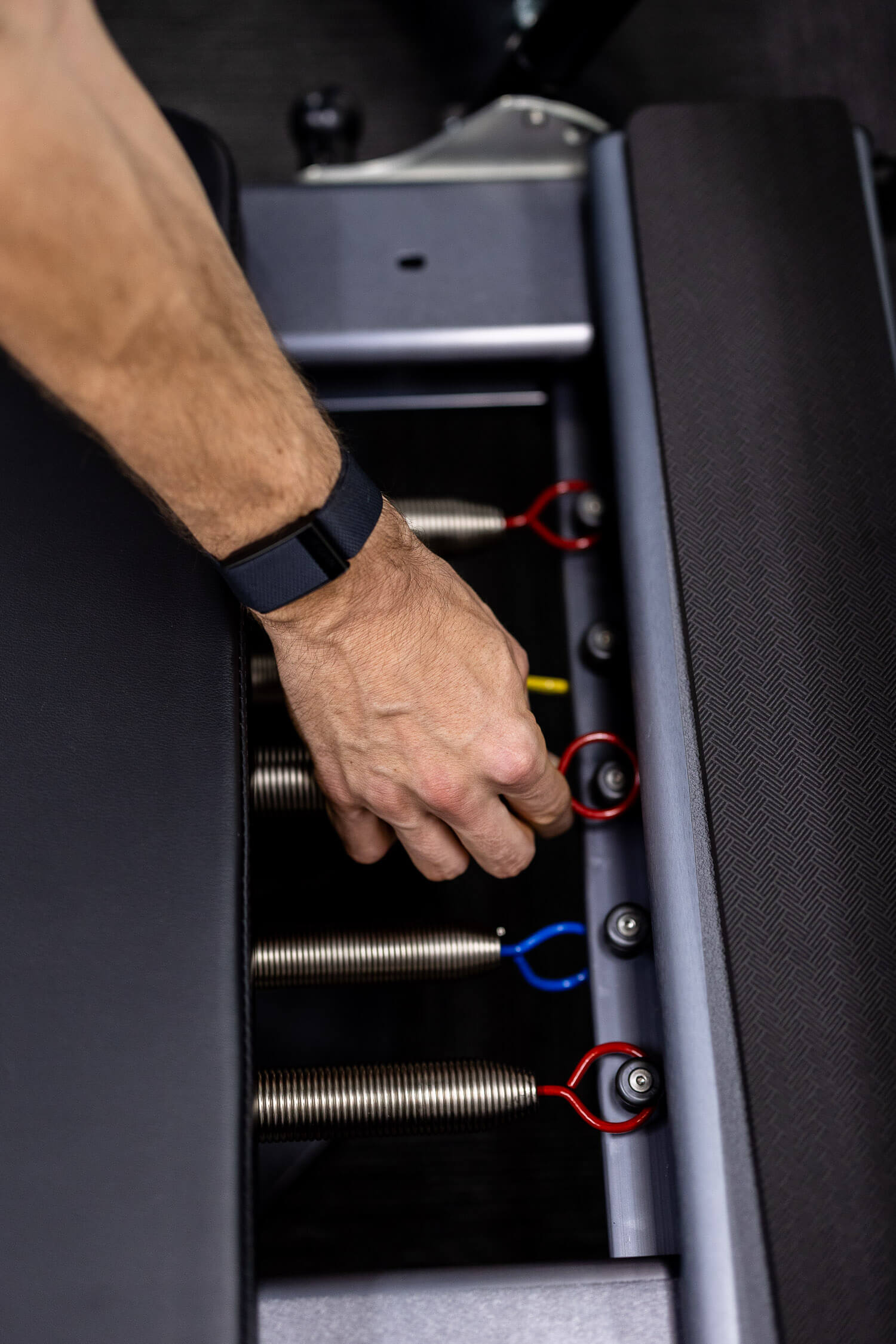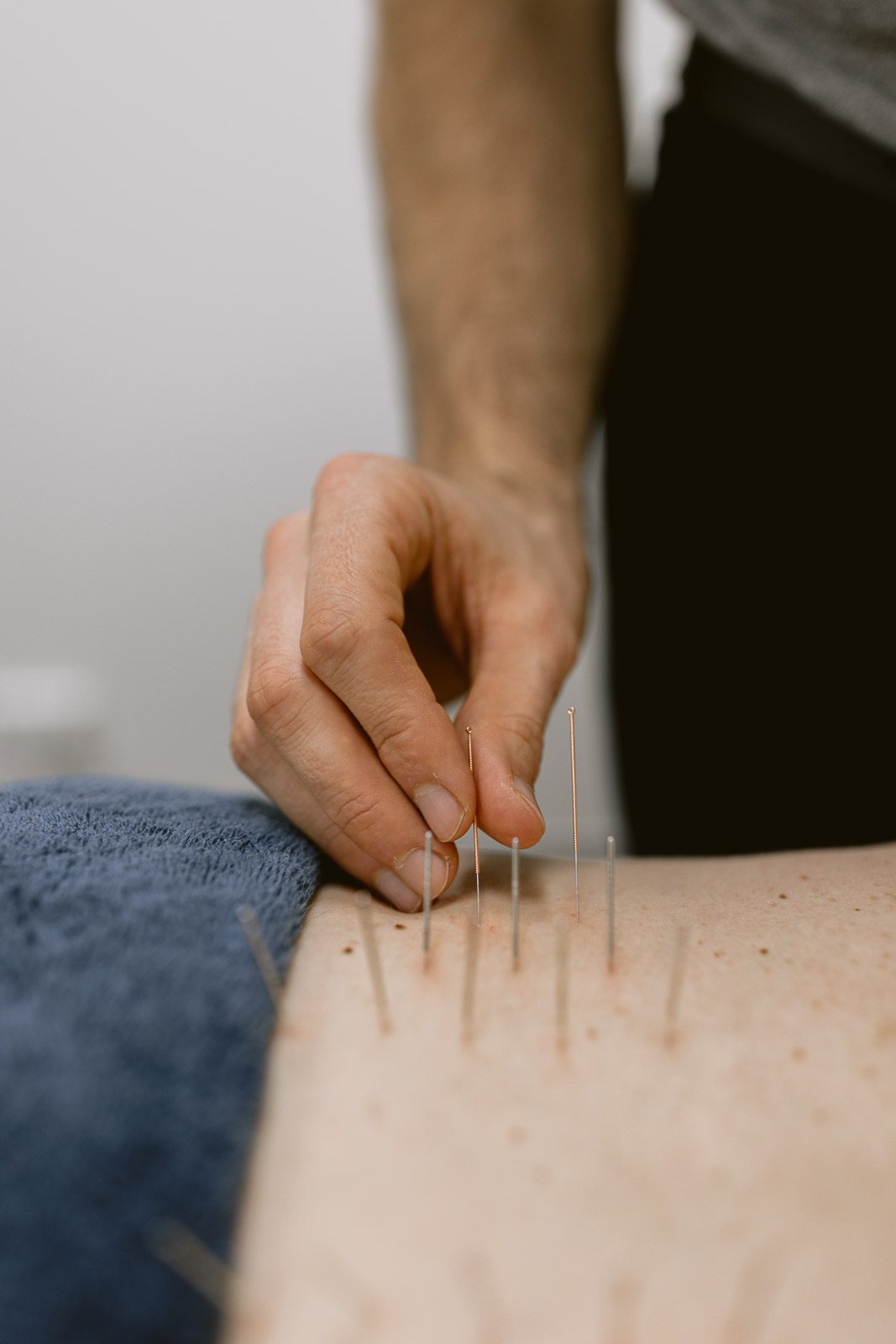What is Shoulder Impingement Syndrome?
Shoulder impingement syndrome is a relatively common condition that involves intermittent entrapment and compression of the soft tissue structures around the top of the shoulder joint. These soft tissues structures include the bursa and rotator cuff tendons. The impingement occurs mostly with overhead movements of the arm and shoulder. It can be a painful and debilitating condition, which can affect performance and function of the shoulder. Chronic and repeated impingement can lead to further injury including subacromial bursitis and rotator cuff tendinopathy.
What are the symptoms of Shoulder Impingement?
- Sharp, pinching pain at the anterior, superior and lateral aspects of the shoulder
- Pain or clicking when reaching hand behind back or overhead
- Pain lying on the affected shoulder
- Muscle weakness when reaching or lifting above head
- Pain with arm at shoulder height or overhead
- Pain at rest in severe cases
Who is at risk?
- Individuals that have occupations that involve repetitive overhead activity eg. builders, laborers, painters etc.
- Individuals that play sports or participate in activities that involve repetitive overhead movements eg. racket sports, throwing sports, swimming, weightlifting etc.
Contributing Factors to Injury
Impingement most commonly develops gradually due to repeated overhead loading and movements. If the onset is gradual it has most likely come about due to poor shoulder mechanics and posture, which is combined with increased loading. Impingement can also occur suddenly in some circumstances where there is a traumatic event eg. a tackle or fall. There are a number of factors that can contribute to someones chances of developing shoulder impingement. They include:
- Posture: An increased thoracic curve, forward rolled shoulders.
- Mobility: Poor thoracic mobility can increase the mechanical loading and strain on the soft tissue structures by not allowing the shoulder to position itself correctly and allow space for them.
- Shoulder instability
- Poor muscular control of shoulder girdle ie. rotator cuff and scapular muscles.
- Structure: The structure of your bones and soft tissue can contribute to the development of impingement.
- Increased loading of the shoulder joint – an increase in the workload demands of the shoulder can contribute to this.
- Trauma to the shoulder or surrounding regions
Types of Impingement
Primary Impingement
Primary impingement relates directly to structural issues in our musculoskeletal system that predispose you to a greater risk of injury. Some individuals are born with different shaped and sized bones and muscles which can cause this impingement. Also as we age, our structure changes with wear and tear. Degenerative changes (arthritis) to the bones around the shoulder joint can impinge on the soft tissues and cause pain.
Secondary Impingement
Secondary impingement involves dynamic instability of the shoulder. Poor muscle control, excessive joint movement, poor joint positioning and posture and ligament laxity contribute to a dynamically unstable shoulder. These factors combined with repetitive overhead activity or trauma can lead to impingement.
Treatment of Shoulder Impingement
Treatment of shoulder impingement varies case by case and will depend on the specific structures involved as well as the causative factors for that individual. It is highly important that we understand why the injury and impingement occurred in the first place as this will help to provide short and long term recovery. I thorough assessment will be required by a practitioner to determine what you need specifically to return to full function.
Treatment will also vary depending on what phase of the injury you are in. Treatment stages may look something like this:
- Pain relief and anti-inflammatory treatment – Non Steroidal Anti-Inflammatory Drugs (NSAIDs), dry needling, massage, rest.
- Restore range of motion – mobilisations, exercise rehabilitation
- Restore scapular control and rotator cuff strength – exercise rehabilitation
Shoulder impingement syndrome can be a frustrating and restricting injury. It is important that the right treatment protocol is administered early to reduce the length of the injury. Chiropractic care can help you find the right solutions when treating your shoulder impingement and get you back on your feet quickly!
If you think you may be experiencing shoulder impingement syndrome, contact Impulse Chiropractic for a thorough assessment and treatment plan. As Sydney’s trusted Chiropractors on the Northern Beaches, we also assist with jaw pain treatment, neck pain, sports and pregnancy chiropractic. needs. Book online with Impulse Chiropractic today!



